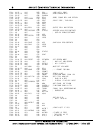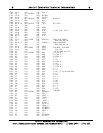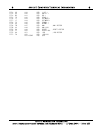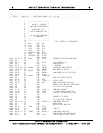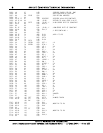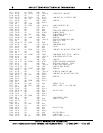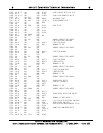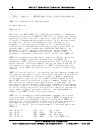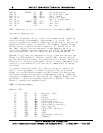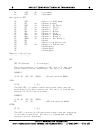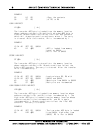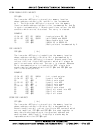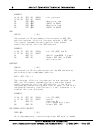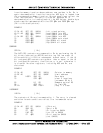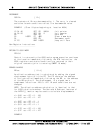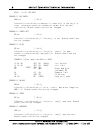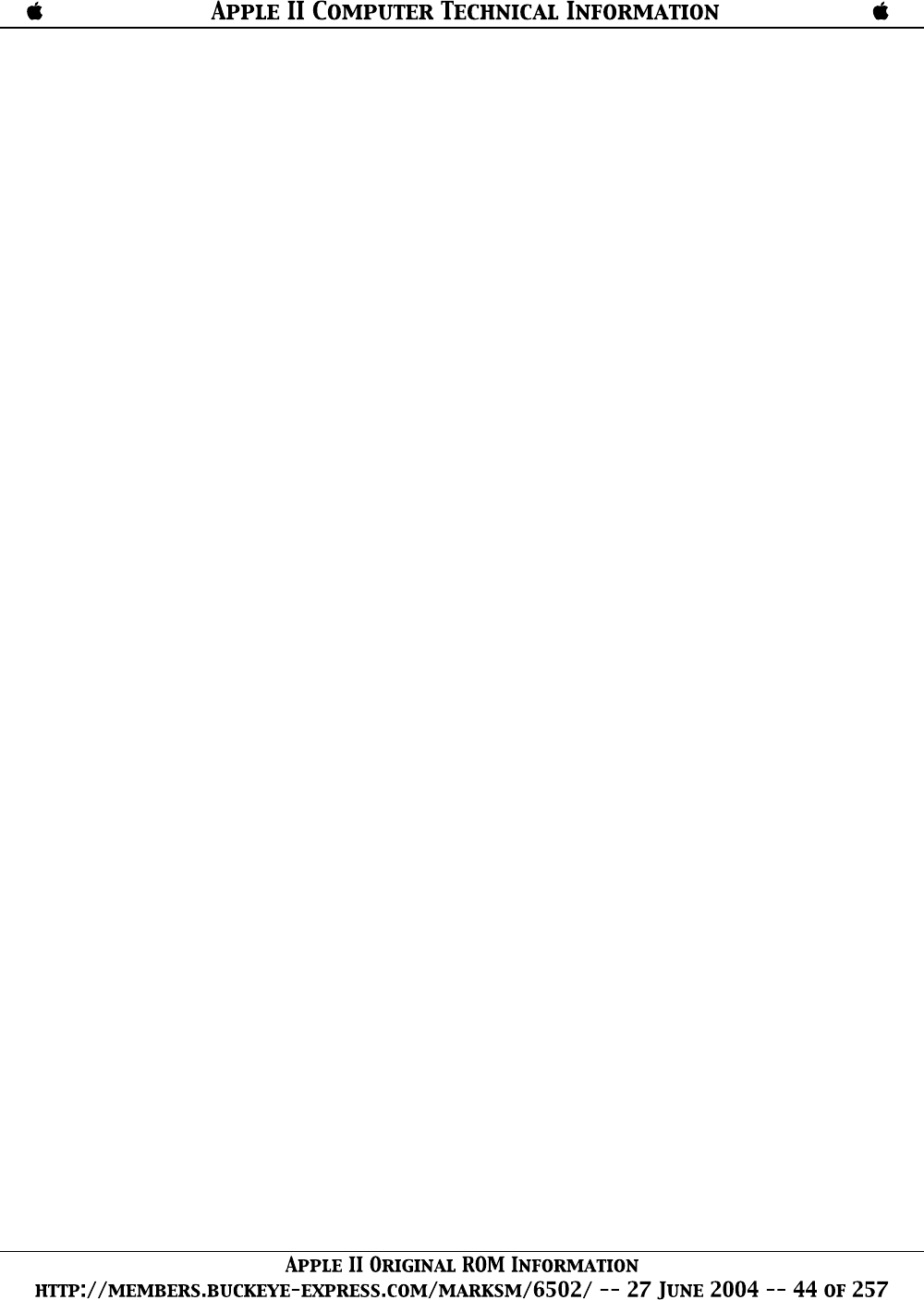
30A 41 MLOOP LD @R1 ;R1 holds source
30B 52 ST @R2 ;R2 holds dest. addr.
30C F3 DCR R3 ;Decr. length
30D 07 FB BNZ MLOOP ;Loop until done
30F 00 RTN ;Return to 6502 mode.
310 C9 C5 NOMOVE CMP #"E" ;"E" char?
312 D0 13 BEQ EXIT ;Yes, exit
314 C8 INY ;No, cont.
NOTE: Registers A, X, Y, P, and S are not disturbed by SWEET 16.
Instruction Descriptions:
-------------------------
The SWEET 16 opcode listing is short and uncomplicated. Excepting
relative branch displacements, hand assembly is trivial. All
register opcodes are formed by combining two Hex digits, one for the
opcode and one to specify a register. For example, opcodes 15 and
45 both specify register R5 while codes 23, 27, and 29 are all ST
ops. Most register ops are assigned in complementary pairs to
facilitate remembering them. Therefore, LD ans ST are opcodes 2N
and 3N respectively, while LD @ and ST @ are codes 4N and 5N.
Opcodes 0 to C (Hex) are assigned to the thirteen non-register ops.
Except for RTN (opcode 0), BK (0A), and RS (0B), the non register
ops are 6502 style branches. The second byte of a branch instruction
contains a +/-127 byte displacement value (in two's complement form)
relative to the address of the instruction immediately following
the branch.
If a specified branch condition is met by the prior register op
result, the displacement is added to the PC effecting a branch.
Except for the BR (Branch always) and BS (Branch to a Subroutine),
the branch opcodes are assigned in complementary pairs, rendering
them easily remembered for hand coding. For example, Branch if Plus
and Branch if Minus are opcodes 4 and 5 while Branch if Zero and
Branch if NonZero are opcodes 6 and 7.
SWEET 16 Opcode Summary:
------------------------
Register OPS-
1n SET Rn Constant (Set)
2n LD Rn (Load)
3n ST Rn (Store)
4n LD @Rn (Load Indirect)
5n ST @Rn (Store Indirect)
6n LDD @Rn (Load Double Indirect)
7n STD @Rn (Store Double Indirect)
8n POP @Rn (Pop Indirect)
9n STP @Rn (Store POP Indirect)
An ADD Rn (Add)
Bn SUB Rn (Sub)
Cn POPD @Rn (Pop Double Indirect)
Dn CPR Rn (Compare)



